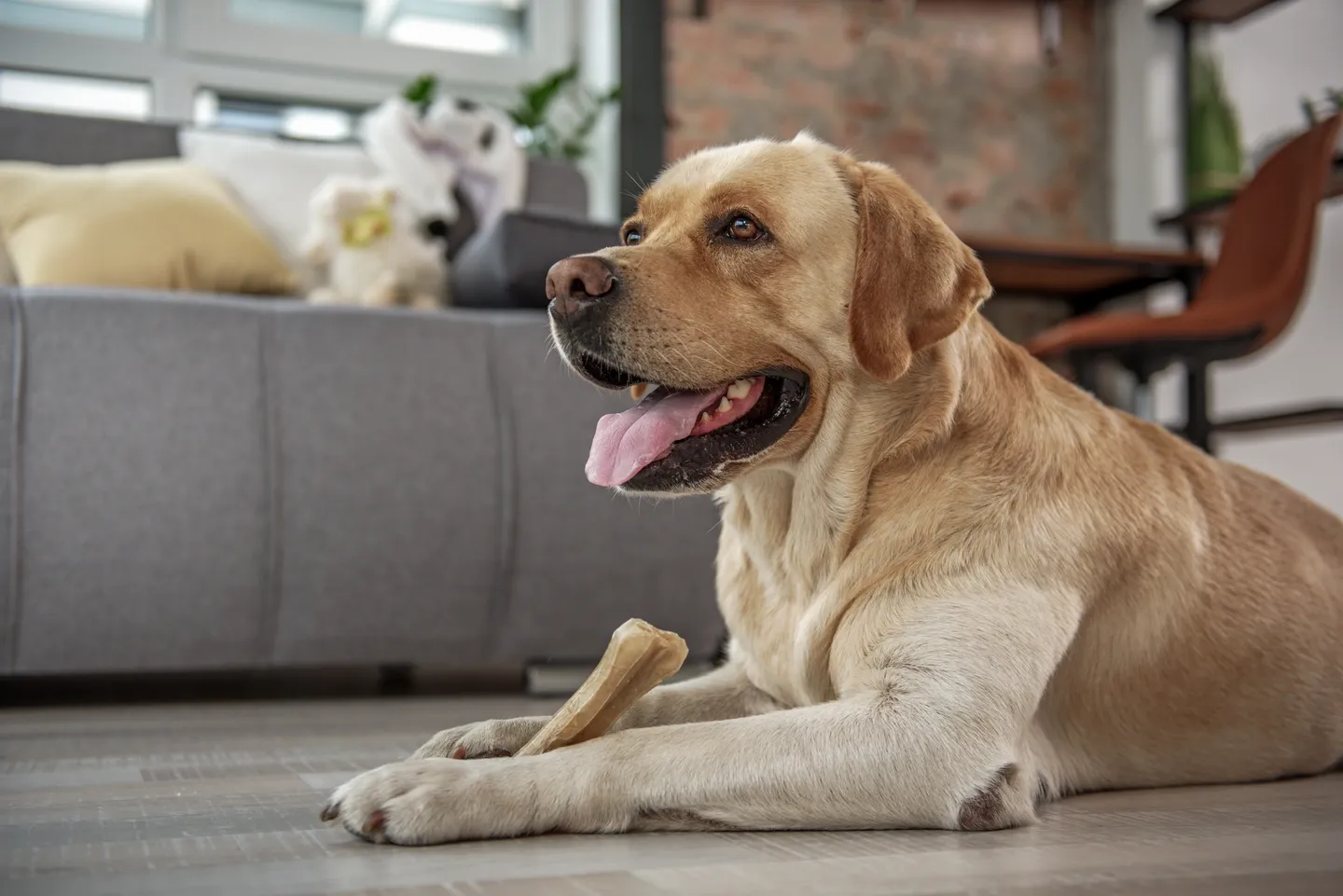Once you have scheduled an appointment,
we will contact you in 1-6 hours to confirm.
If you don't hear back, please text us a message at 704-488-1777

Shock Wave Therapy Appointment What to expect and how to prepare.
The actual Shock Wave Therapy only lasts less than 5 minutes, but a stranger (me, Dr. G.) coming into a pet’s home and administering this treatment without a kind and respectful introduction to the pet is most impolite.
Some pets are afraid or uncomfortable with strangers and sometimes they act in defensive ways (growling, snapping, swatting or even biting.) These defensive actions are done out of fear, they may be concerned that their very life is at stake. It’s just awful to be afraid.
Me, I will be arriving to help that special pet in your life, but they don’t know I can be trusted. Even if a pet is willing be very still and allow me to quickly administer Shock Wave Therapy to a painful area, that doesn’t mean they aren’t afraid of what is happening to them.
I want to help your pet and you, the pet parent, know I am here to love and care for your sweet baby. Properly caring for your sweet baby means I need to reassure your pet that I am kind and not so scary.
Expect Something Totally Different
What is a PulseVet treatment?
Using ultrasound gel, the Trode is able to send the shock wave directly to the injured area. Because we are using sound waves it is not quiet. rest assured, treatment is NOT painful. Those sound waves move from the Trode through the ultrasound gel into the body. If the pet has long hair, it should be shaved first for the treatment to send the sound waves effectively into the body. Once the hair is prepped, lots of gel is applied to the area of treatment. The PulseVet is activated and the clicking starts. Treatment generally lasts less than 5 minutes.

How can I make a kind and respectful introduction?
If a pet is food motivated, it may be best for a pet owner to meet me outside the home with a dog’s favorite dog treat or the cat’s favorite snack so that I can offer it to them when I greet them.
But sometimes strangers are just uncomfortable to be around no matter what they do, treat or no treat. If your pet has medications that help them during a stressful event (fireworks, thunderstorms or a visit to their regular vet) please give that medication 2-4 hours before the house call.
As The Pet Parent You Can Set The Stage For A Better Visit
No matter whether a pet is comfortable with strangers or not, they get their cues from their pet parents. If an owner is upset, they believe trouble is brewing. So, you, pet mom and dad, can help this visit go a bit more comfortably by remembering that you contacted me to help. My intention is to give comfort to your pet and for you to be relaxed with my treating your sweet pet. I am also likely to need your help to snuggle your sweet baby while I am administering treatment. And if a pet parent is uncomfortable at the time they are holding an animal, the animal can feel this stressful feeling. So, this is a great time to take a few breaths and know I am only here to help and we can work together to make this as easy for your pet as possible (and you too).
I have personally administered Shock Wave Therapy to several of my own pets. I was most concerned about the reaction of one of my dogs and one of my cats, but I remembered that I was doing this treatment because they were experiencing pain and I could help. So, I took a deep breath, centered myself and treated them. Crazy, but I was more upset about the treatment process than either my dog or cat was. Oh my, the happy results of treatment far out wayed the fear I was feeling. My dog’s limp was gone and my cat was playing like a kitten. It is absolutely okay for you to give your pet food treats while receiving the Shock Wave Treatment. Your dog can be licking a plate can be smeared with peanut butter the whole time.

What happens after treatment?
Your pet may feel the analgesic effects of Shock Wave Therapy immediately. They may feel good enough to start running, but it’s important to spend the next two days with reduced exercise, limited running and no long hikes. Occasionally, a pet feels a bit sore after treatment for a 1-3 days so giving their pain medication can be helpful during this brief period.
Usually, the long lasting results occur weeks after the second or third treatment.
